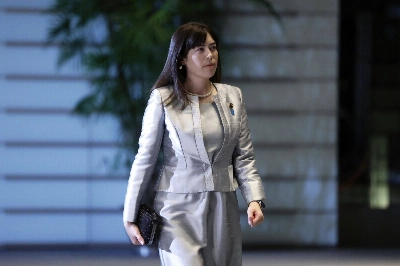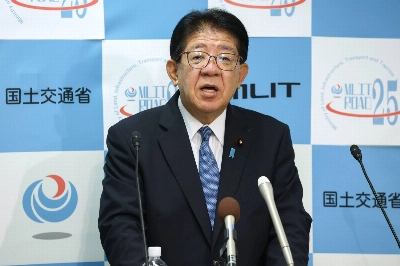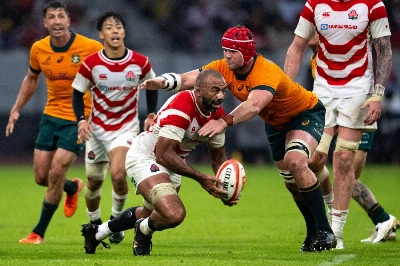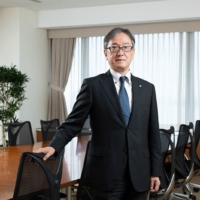Forty-eight heads of state from Europe, Latin America and the Caribbean are holding their first summit in Rio de Janeiro this week. This long overdue meeting between two of the world's largest trade blocs -- the European Union and Mercosur -- could yet prove to be no more than a symbolic gesture, but the initial signs are promising. Not only did the leaders talk of inaugurating a new era of relations between the old world and the new, but they backed up that rhetoric with an agreement to begin talks on a trade pact between the two regions. Those negotiations have a long way to go, but the effort itself is important: It underscores a commitment to trade liberalization at a time when the world trade order is under unprecedented strain.
The two-day summit is designed to build a bridge between Europe and Latin America, a region traditionally considered to be the back yard of the United States. Links already exist. Europe is the leading donor of foreign assistance to Latin America and the region's second-largest source of foreign investment. Since 1990, Latin America's imports from the EU have increased 164 percent, and exports have climbed 29 percent.
The backbone of any new relationship will be ties between the EU and Mercosur, the world's first- and third-largest trade groupings respectively. The EU is already Mercosur's largest trade partner: Bilateral trade last year reached $46.5 billion, but Mercosur governments are certain it could expand. They are probably right. Mercosur only accounts for 6 percent of EU trade and Europe's share of Mercosur's total trade has been shrinking throughout the decade. European businesses want increased access to Mercosur's 200 million citizens and its economy, worth $1 trillion.

















With your current subscription plan you can comment on stories. However, before writing your first comment, please create a display name in the Profile section of your subscriber account page.